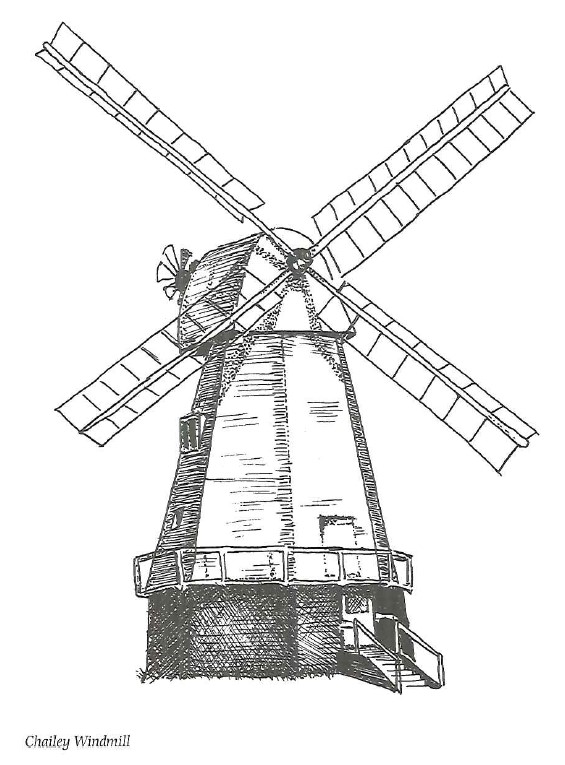The landlord of the Red Lion in the same century was James Blackman, a member of the Groombridge gang of smugglers who took convoys of contraband to Ashdown Forest. Outside the inn were six lime trees to indicate to the free traders’ that this was a safe house. It reputedly has a ghost, but more of a farmer than a smuggler. A customer rushed across from the bar to stop a man wearing a long, old-fashioned greatcoat from walking into the ladies’ loo. Sorry, matey, you can’t go in there,’ said the customer, putting his arm up to restrain the stranger. As he did so the figure ‘just vanished’.
Nearby is a cottage haunted by a ghost with singularly regular habits. Every Halloween Night it used to be heard as the sound of its footsteps walked across the attic floor dragging a heavy chain.
Queen Victoria’s dung cart and road sweeper found a new home as part of Neville Cook’s rural museum in the village. Over a 10-year period he amassed nearly 4,000 exhibits, from Roman sickles to cheese-making equipment and ploughs.
Victoria’s piece of machinery was built in 1898 and used to clean up the Long Walk at Windsor Castle. It was given by the Duke of Edinburgh to Mr Cook in lieu of cash (at his request) after he had repaired a carriage for the Blues and Royals Regiment. He pledged to keep the royal relic gainfully employed cleaning up the paths at his museum.
Still known as Horeham until fairly recent times, it was the coming of the railway that brought about Horam’s expansion. The railway has gore but the village can proudly claim to be a national name thanks to the potent brews of Merrydown, based at the old manor house. From the early beginnings at a cottage called Merrydown in 1946 the wine and cider business grew to best-seller status.
Market gardeners did not have much luck here during the Second World War. The first bomb to fall on Hailsham Rural District blasted Streeton’s Nurseries at Vines Cross on 17 July 1940; and the first flying bomb landed on Riversdale Nurseries on 16 June 1944.
Ghosts are not usually associated with the late 20th century. Horam provided an exception when a family called for help from the church because their council house was haunted by an icy shroud.
